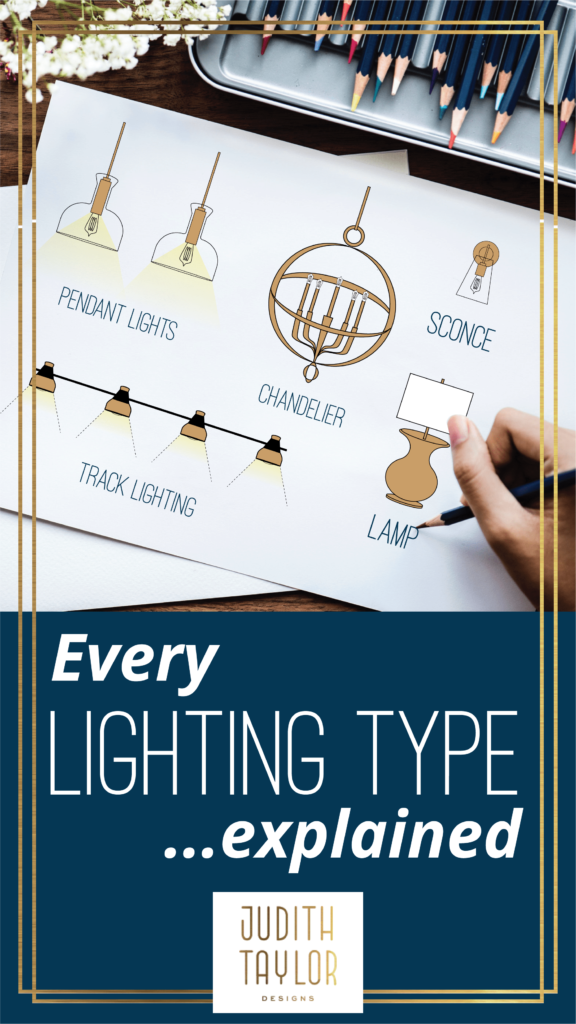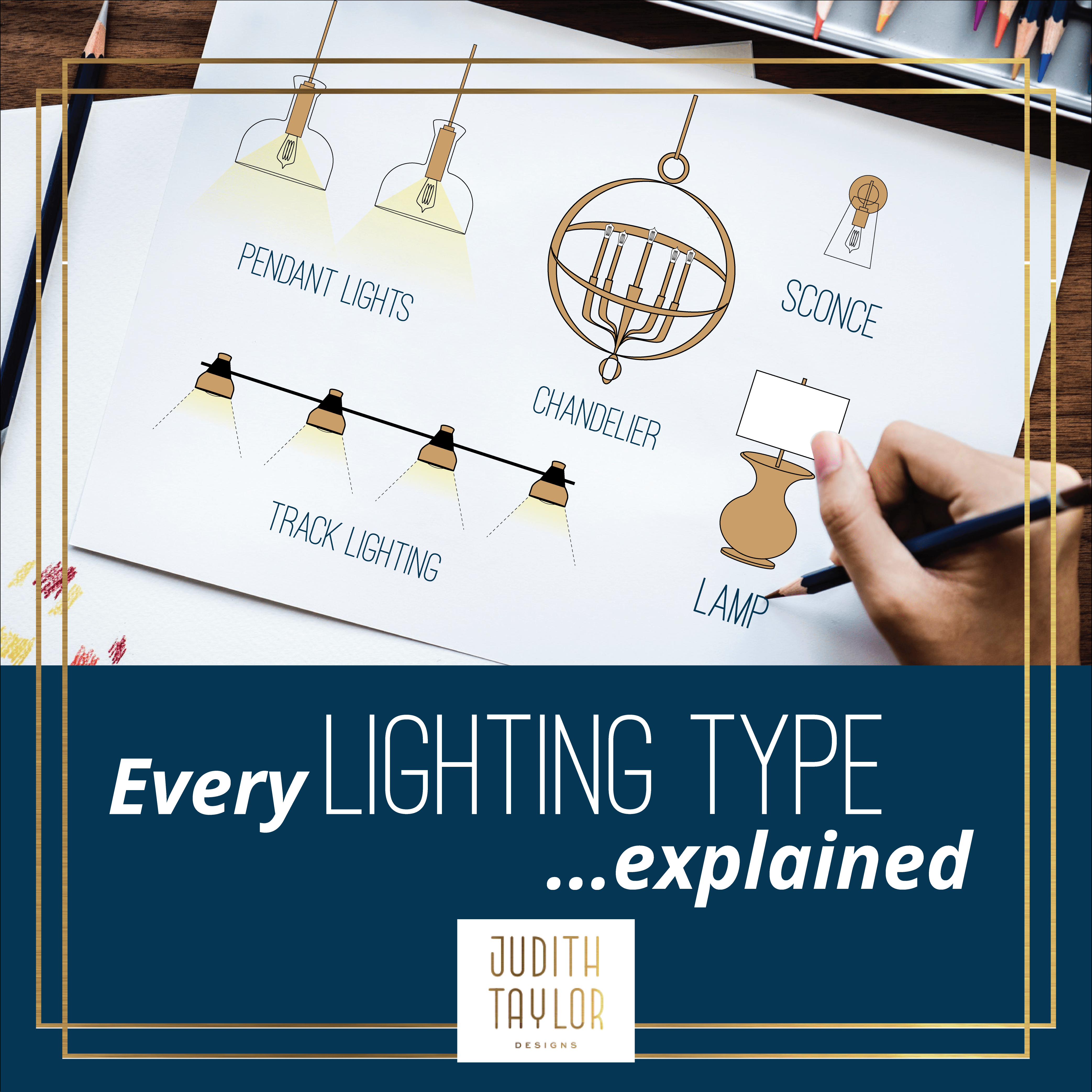Let there be light!
Have you have ever toured a designer show home and been captivated by the magic and the beauty? Chances are, it has had the expertise of a professional lighting consultant designing the lighting for the home. There are many lighting tricks and techniques that the pros use that but most homeowners don’t ever consider. Adding layers of lighting is the trick that truly brings a room to life!
In Interior Design, light fixtures do much more than provide us with functional illumination. In fact, lighting helps to bring style and ambiance to a space, and for many of our projects it’s like the icing on the cake that really makes your room special.
Lighting designers are among the most important members of any design team. Here are some of the most popular techniques and their definitions to consider when designing lighting for your home:
Types of Interior Lighting
Architectural Lighting
Architectural lighting is a broad term used the discuss more permanent applications of lighting associated with architecture and landscaping, as opposed to more transient lighting like theatre lighting, concert lighting and the like.
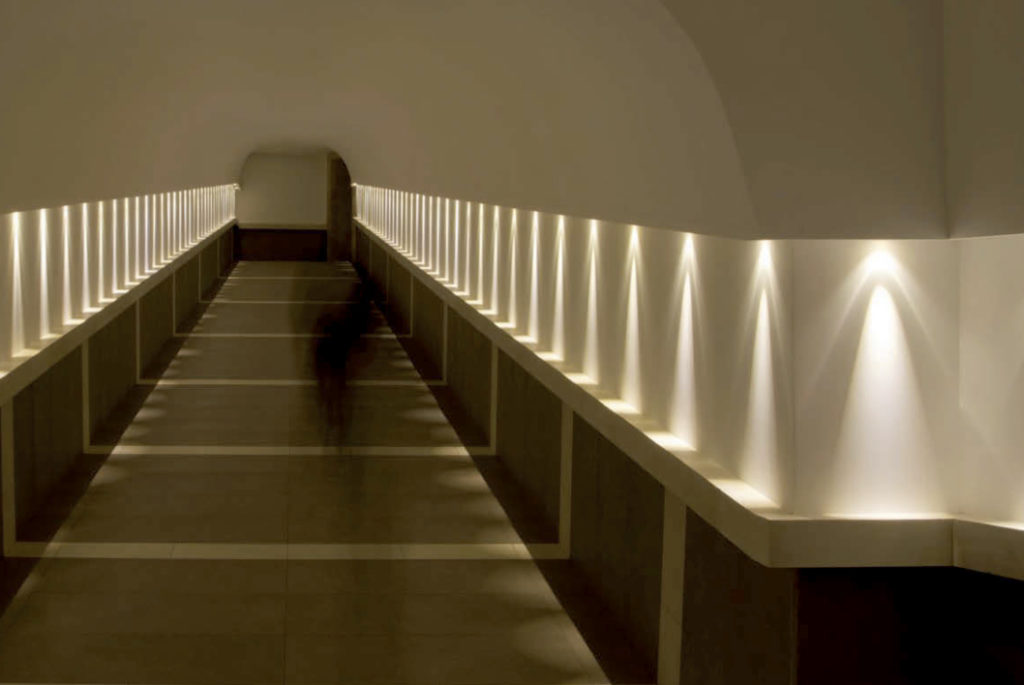
A beautiful use of natural light in this airy space.
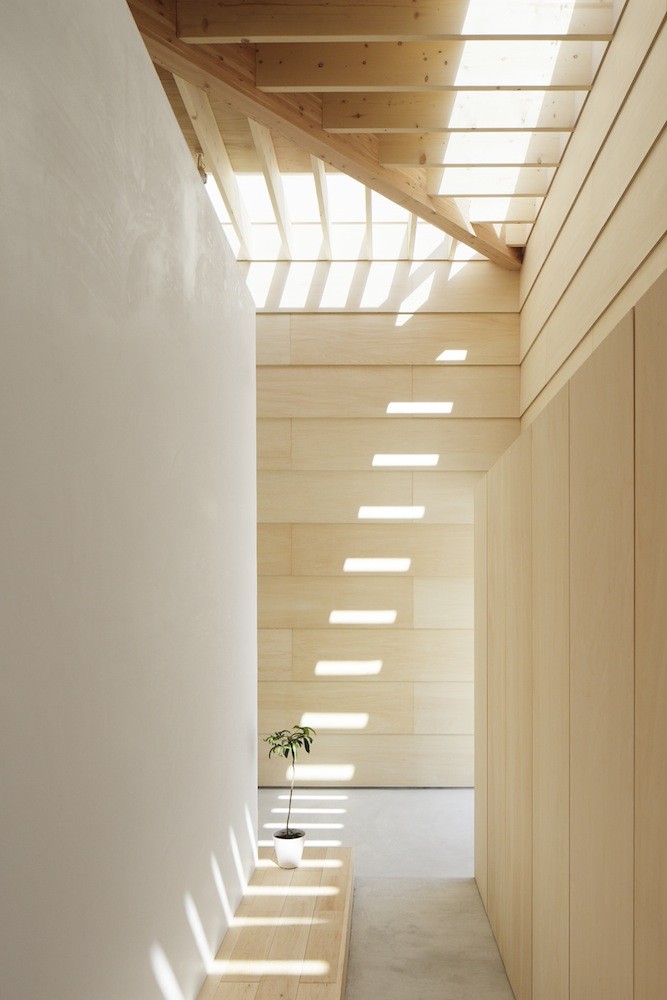
Photo by Kai Nakamura
Another example of architectural lighting in this case provides the added function of wayfinding lighting. In this image, the lighting on the stairs helps illuminate the steps for easier navigation when lighting is low.
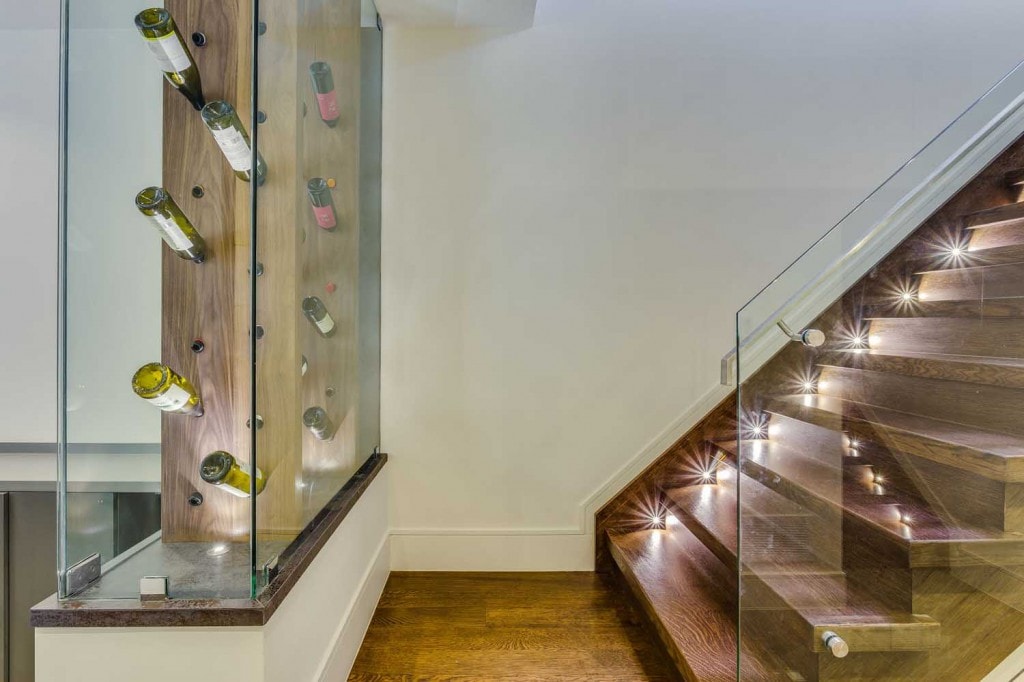
Recessed Lighting
Recessed lighting (also known as canister lighting or can lighting, aka pot lights) is lighting that is inserted in openings in the ceiling. It is great to provide general ambient lighting and can be used to feature specific elements. In our practice, we are not big fans of the “swiss cheese” look of ceilings spotted with holes. Our lighting is typically the diameter of a loonie all-in! The light shows up, the hole in your ceiling – not so much!
You can see them (barely, but that’s the point!) in our Old Mill project living room above the drapery line in this image (below).

…and here in the kitchen.

Accent Lighting
Accent lighting is a technique used to create contrast and drama by directing light to a particular item or object. It may be used to highlight architectural features in the structure like a feature wall, or items in the home such as artwork. Sconces, directional recessed lights, or track lighting are great devices to draw light and attention to a particular feature.
An example is our Balsam Ave project using a grazing technique to highlight the textured backsplash. For grazing, the lighting is cast either downward or upward close to the wall to cast light and shadow for a dramatic effect on a textured surface. Here, the light cast on the split-faced marble backsplash also provides the lighting on the workspace providing functional task lighting.
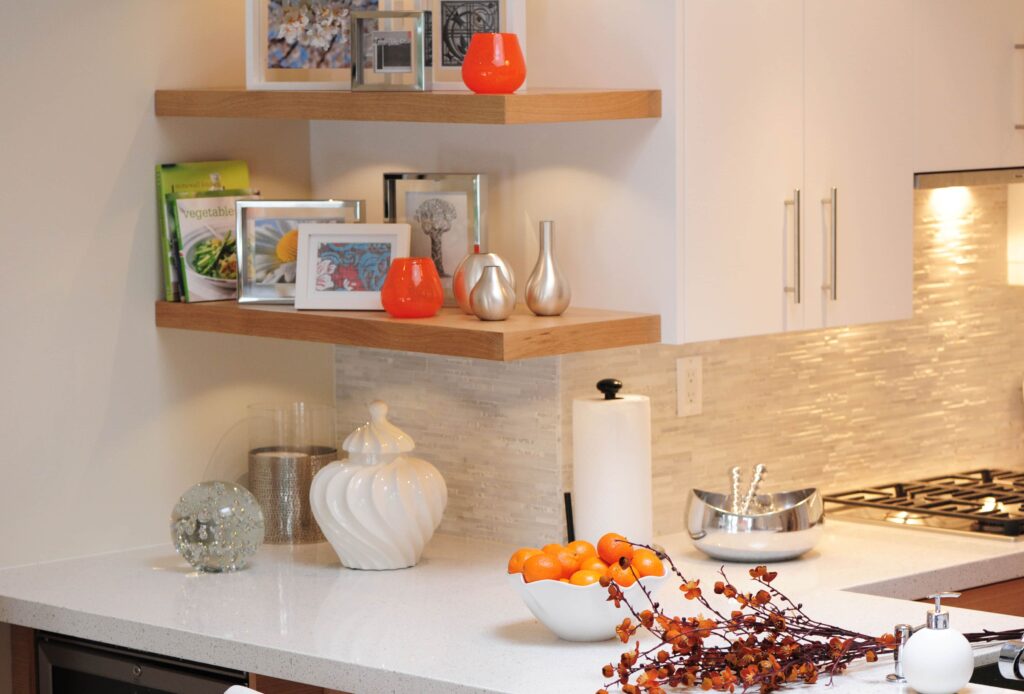
Under cabinet lighting draws attention to features and accessories.
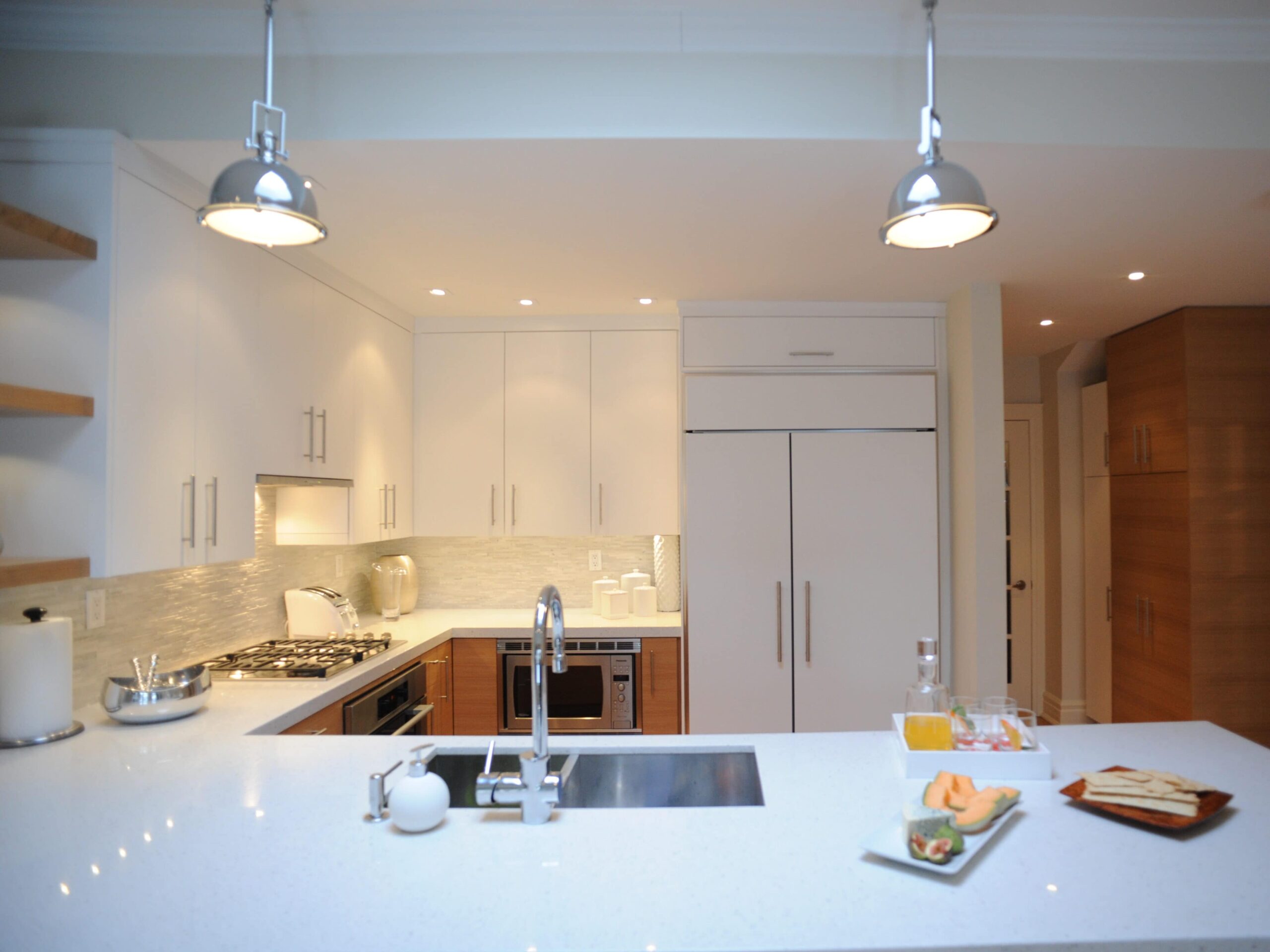
Wall-washing is similar to grazing but the placement is a bit farther from the wall than in grazing. The purpose of this is to cast a wide wash of light just like the name says. In this technique, the wide beamspread of track lighting or recessed lighting is cast on the wall. It is a really good technique for helping to expand the feeling in a space as the walls are visually pushed away and appear to recede.
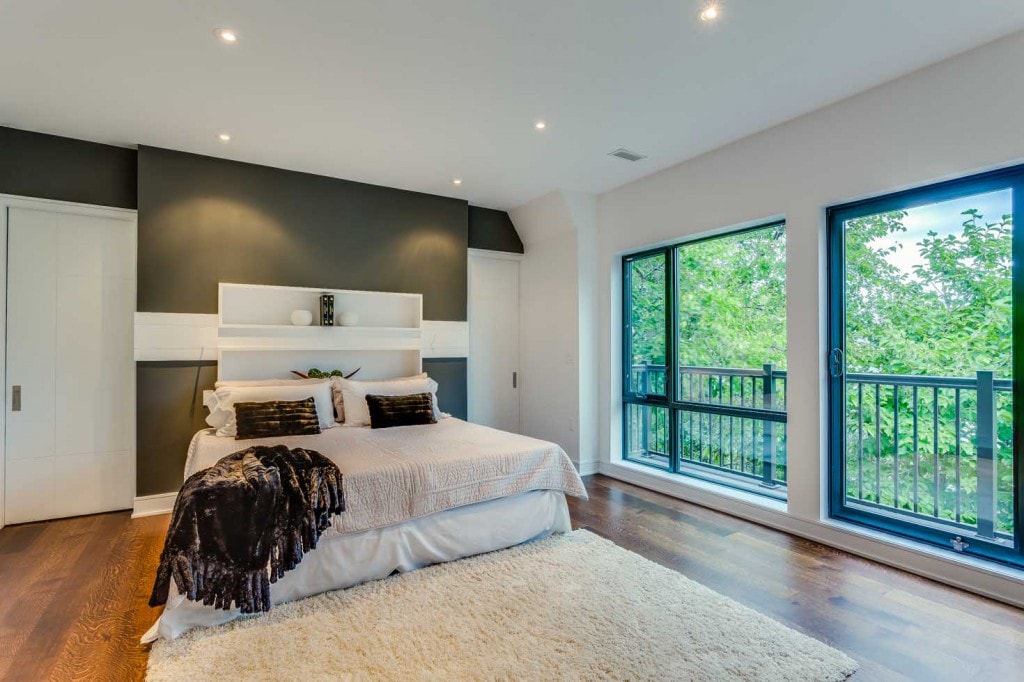
Task Lighting
Task lighting refers to providing lighting to aid a particular task such as over countertop lighting for meal preparation, or simply a reading lamp.
In all, it’s the layers of lighting that creates the magic and brings a space to life. Combine as many of the techniques above in a room and see for yourself how the magic can happen.
If you ever want to up your game in designing your lighting, we really recommend a consultation with a designer and even a lighting consultants. We know some great ones!

